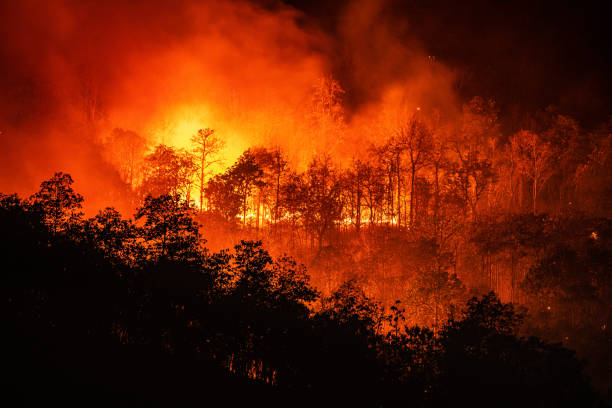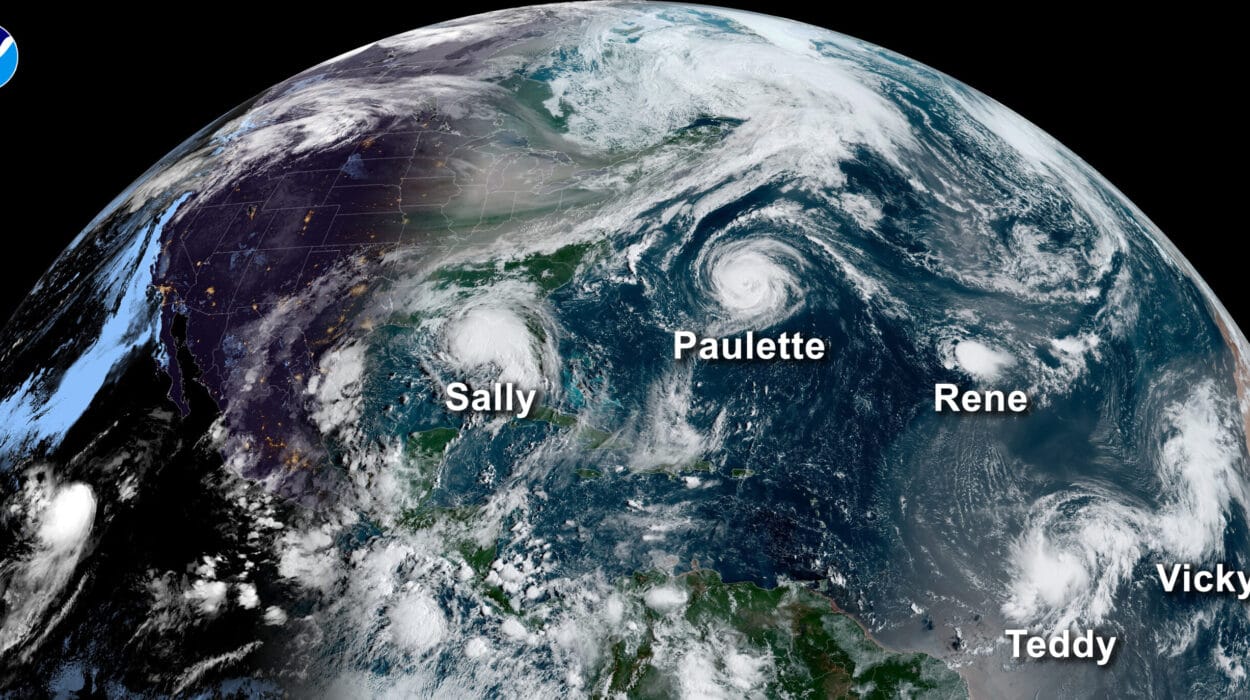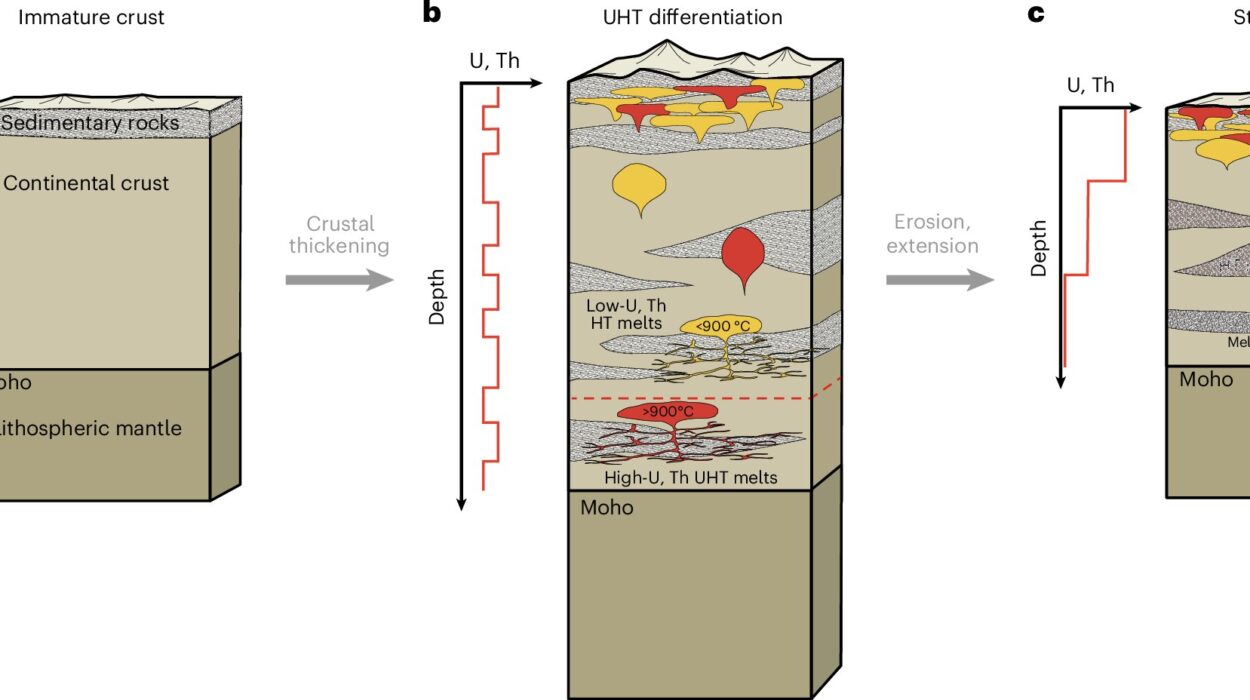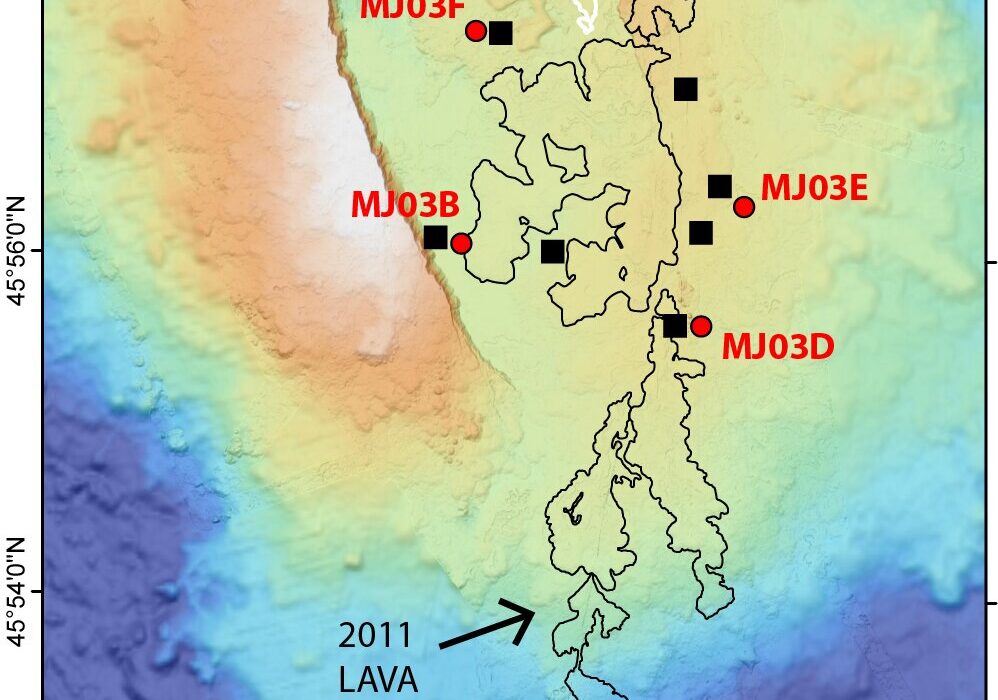For centuries, lightning has captivated and terrified humanity. From the crack of thunder splitting the silence to bolts of light clawing across the night sky, it’s a raw display of nature’s power. Scientists have long understood what happens when lightning strikes the Earth, but one question has stubbornly remained unanswered: What exactly triggers lightning inside a thundercloud?
Now, researchers believe they’ve solved this long-standing atmospheric puzzle. In a groundbreaking study published in the Journal of Geophysical Research, a team led by Victor Pasko, professor of electrical engineering at Penn State, has unveiled a precise chain reaction that explains how lightning is born. Their findings mark the first comprehensive, quantitative explanation of lightning initiation—a phenomenon that has mystified scientists for decades.
The Hidden Dance of Electrons
Lightning doesn’t start with a visible spark. It begins invisibly, high within thunderclouds where colossal electric fields build up. The team’s research reveals that these fields accelerate tiny, fast-moving particles called electrons to immense speeds. As these electrons collide with air molecules like nitrogen and oxygen, they release bursts of high-energy X-rays.
But that’s just the opening act. These collisions trigger a domino effect—an electron avalanche. Each crash produces more electrons and high-energy photons, multiplying rapidly until the atmosphere can no longer contain the electrical charge. The result is explosive: a lightning bolt piercing the sky, visible for miles.
“Our findings provide the first precise, quantitative explanation for how lightning initiates in nature,” said Pasko. “It connects the dots between X-rays, electric fields, and the physics of electron avalanches.”
Cosmic Rays: Messengers from Space
While thunderclouds create the electric fields necessary for this process, they need an initial spark—seed electrons to start the avalanche. These seeds don’t come from Earth. They come from outer space.
Cosmic rays—high-energy particles originating from distant stars and galaxies—constantly shower Earth’s atmosphere. When they collide with atmospheric molecules, they liberate free electrons. Under the right stormy conditions, these cosmic ray electrons encounter the powerful electric fields inside a thundercloud and are rapidly accelerated, fueling the runaway cascade that culminates in a lightning strike.
This hidden cosmic connection means that every bolt of lightning we see is, in part, triggered by events that began millions or even billions of light-years away.
Simulating the Birth of Lightning
To decode this complex chain reaction, Pasko’s team developed a detailed mathematical model called the Photoelectric Feedback Discharge. By recreating the exact conditions observed in nature—collected by satellites, ground-based sensors, and high-altitude aircraft—the researchers could finally explain phenomena that had puzzled scientists for years.
The model shows how electron avalanches not only generate X-rays but also lead to brief flashes of gamma rays, known as terrestrial gamma-ray flashes (TGFs). These flashes were first detected by satellites and are invisible to human eyes. Unlike traditional lightning bolts that dazzle and roar, TGFs often occur silently, producing no significant light or radio emissions.
“In our modeling, the high-energy X-rays produced by relativistic electron avalanches generate new seed electrons driven by the photoelectric effect in air,” Pasko explained. “This rapidly amplifies the avalanches and explains why we can detect these flashes even from regions that appear optically dim and radio silent.”
Matching Theory with Reality
Zaid Pervez, a doctoral student in electrical engineering and co-author of the study, played a pivotal role in aligning the model with real-world observations. He meticulously compared data from past field studies—including unusual forms of lightning called compact intercloud discharges—to the model’s predictions. The results were strikingly consistent.
“We explained how these photoelectric events occur, the conditions needed to trigger an electron cascade, and what’s causing the wide variety of radio signals we detect inside thunderclouds,” said Pervez. “For the first time, we’ve connected the physics to what we see in nature.”
A New Window into Atmospheric Science
This discovery doesn’t just solve an old mystery—it opens doors to new scientific exploration. Understanding lightning initiation can improve weather prediction models, help protect power grids from lightning strikes, and even inform aerospace safety.
Furthermore, this research offers clues about similar high-energy phenomena in other planetary atmospheres, such as Jupiter’s immense lightning storms or electrical discharges on Venus. With equations from the model publicly available, researchers worldwide can now build upon these findings to deepen our understanding of electrical activity in the universe.
Awe, Mystery, and the Science of Storms
Lightning has always been a spectacle of awe and fear. Ancient civilizations saw it as the weapon of gods; modern science has demystified its aftermath but struggled to grasp its birth. This breakthrough bridges that gap, revealing that lightning is not just an atmospheric quirk but a cosmic dance of particles, photons, and forces colliding in perfect, volatile harmony.
It reminds us that even familiar phenomena can harbor secrets, waiting centuries to be understood. The next time a storm brews and lightning arcs across the sky, it’s no longer just a flash of light—it’s the universe itself sparking into action, electrons racing, photons bursting, and nature’s oldest riddle unfolding in the heavens above.
Reference: Photoelectric Effect in Air Explains Lightning Initiation and Terrestrial Gamma Ray Flashes, Journal of Geophysical Research (2025). DOI: 10.1029/2025JD043897






